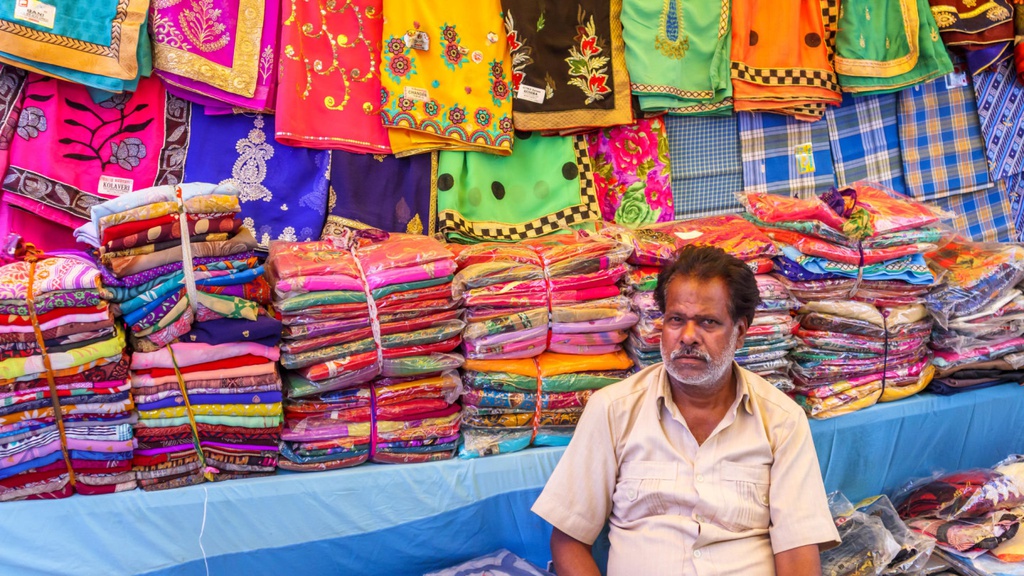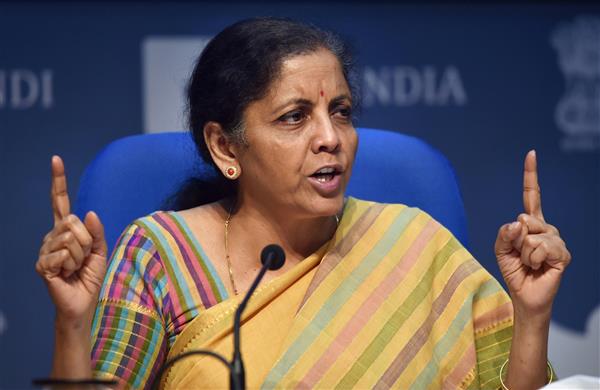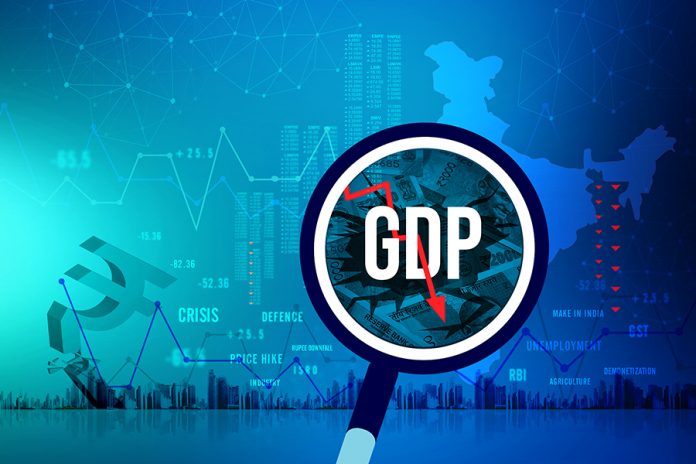The Coronavirus pandemic has led to mass devastation worldwide. It has not just claimed the lives of millions but has also choked the economies of nations. One of the countries that is worst affected is India, the world’s second-most populous country after China.
Very recently you might have noticed that the headlines of India’s declining GDP are all over social media. If that has made you wonder why all are choosing to post it on their stories, it is because it matters and affects every individual in the country.
After the first case of infection was reported in Kerela in the month of January, the cases of infections gradually started rising. To curb the spread of the virus in the country, the Indian Government imposed a nationwide lockdown on 25th March with only extremely essential services operating. The lockdown was sustained for another two months which is enough to understand the amount of loss it did to the national economy, bringing down the country’s GDP to its lowest, a level that is considered to be the “worst-ever contraction.”
To understand why exactly every other person in your social circle is posting and talking about India’s collapsing GDP, it is important to first understand what is GDP and why is it important.

GDP or Gross Domestic Product indicates the health of the economy. It is with the help of GDP that one understands how an economy is performing. In a literal sense, GDP is the monetary value of all the final goods and services manufactured within the geographical borders of the country in a stipulated time period. Anything that is produced by the country’s citizens and foreigners withing the borders falls under the nation’s GDP. Economists, researchers, businessmen, companies, and the government us GDP as a tool to understand the economic condition of a country. If a country is producing more goods and services, if there is a rise in the incomes of the country’s citizens, if the consumers are purchasing more, businesses are investing more, the GDP of the country will increase, which means that the economy of the country is in a good position. However if the GDP of the country falls down, it means that the country might run into recession. A growing GDP indicates healthy businesses, availability of jobs, increased production of goods and services, increased demand for goods and services.
India for a long time has been fighting issues like unemployment, uneven import and export ratio, loss of jobs, and much more. Further with the entry of the pandemic in the Indian territory, the condition worsened. After the Ministry of Statistics and Programme Implementation (MoSPI) released the data for the first quarter (April, May, June) of the financial year 2020-2021, experts had predicted that the GDP would decline but not more than 20%. However, to everyone’s surprise, the GDP plummeted to 24% percent in the first quarter of the financial year 2020-2021.
This means that the total value of goods and services produced in the Q1 of FY2020-2021 is 24% less than the total value of goods and services produced in the country during the same three months (April, May, June) of last financial last year.
It’s not hard to understand that if the country’s GDP has contracted to its worst level ever in just the first quarter of the financial year, the overall GDP of the country at the end of the year is going to be in an even worse condition.
As mentioned in the New Indian Express, since the economic liberalization in 1990, the Indian economy has year on year shown an average 7% growth in the GDP, however this year it is most likely to contract by 7%. This contraction is the worst ever in the last 40 years of the Indian economy.

So why exactly did the GDP plummet so sharply?
The pandemic hit almost every sector of the economy in some or the other way. The worst sectors to be hit were construction, trade, hotels, manufacturing, and mining. These sectors are the ones that create maximum number of jobs. The losses these sectors have faced due to a 68-day lockdown led to not just a complete shutdown of creation of jobs but also the loss of existing ones. It is only the agricultural sector that did somewhat well during the Q1.
Furthermore, since transportation was extremely restricted to only the movement of essential goods and services, buying and selling were at an all time low.
Sharp cuts in the salary of the working class too led to the fall in demand. This affected the businesses which further stopped circulation of money in the market.
You must known that there are three main engines primarily that run the Indian economy. The first engine is the citizens of the country who are the largest consumers of the finished goods and service. The contribute to almost 56.4% of the nation’s GDP. The second engine are the private companies and businesses that contribute to 30% of the nation’s GDP and the third engine is the government itself that accounts to 11% of India’s GDP.
The first two engines together contribute to 88% of the country’s total GDP. In a pandemic situation when everything stays shut for more than two months, it hits the economy hard. Government managed to make up only 6% of the GDP in Q1.
Effects of declining GDP:
- Loss of jobs
- No creation of new jobs
- Decreased production of good and services
- Lesser income
- Decreased investment by businesses
Now what needs to be done to handle this economic crisis?
In a crisis like this, it is only the government that can pull the nation out of this. The government invest money and begin with the construction of roads, and bridges, give out salaries to the workers and directly hand out money to companies to help them run their businesses. However, the Indian government isn’t taking these steps as it doesn’t have enough funds. The condition of Indian economy was not great even prior to the pandemic and now it has just worsened. India has burrowed money from external bodies even more than it should have. This said the government, economists and the minister, all together will have to think of unique ways to pull India out of this tight situation.





























